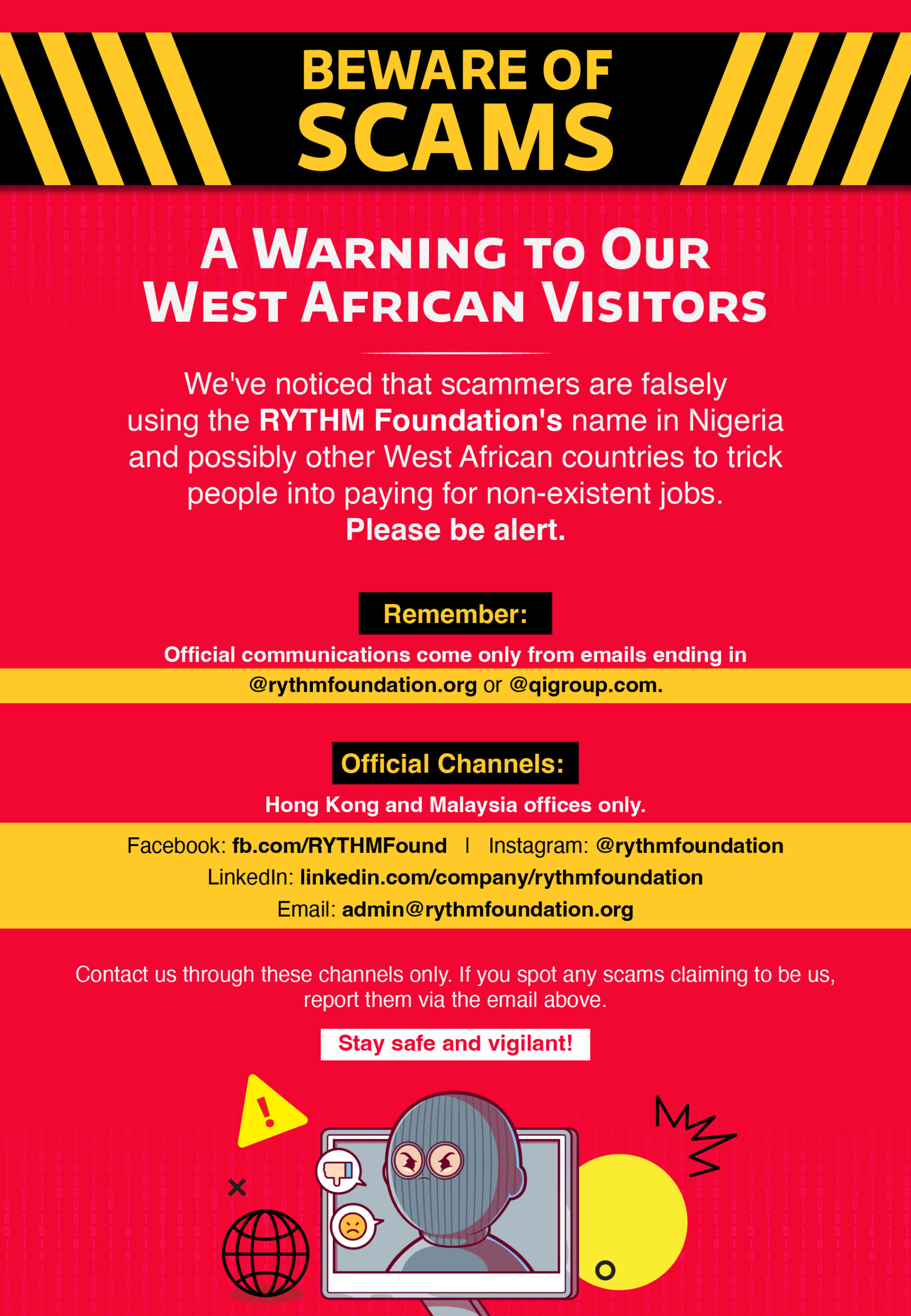As we approach International Women’s Day 2023 (IWD), it is essential to reflect on the progress made towards gender equality and to identify the areas where we still have work to do.
One key area where progress has been slow is the technology sector, which has historically been male-dominated. However, by including more women in technology, we can promote gender equality and challenge the broader cultural norms limiting women’s workforce participation.
This year’s United Nations theme for IWD, “DigitALL: Innovation and Technology for Gender Equality,” highlights the importance of including women in technology.
The theme emphasises the need for innovation and technology as instruments for promoting gender equality and advancing women’s rights. It recognises the potential of technology to transform the lives of women and girls and the importance of ensuring that women have equal access to these tools and opportunities.

As we move further into the 21st century, technology is increasingly shaping our daily lives. However, there are still significant gender disparities in access to and participation in digital technology. These statistics highlight the urgent need to bridge the digital gender gap and create more inclusive and equitable digital spaces for all:
- Only 63% of women used the Internet in 2022 compared to 69% of men (ITU, November ‘22)
- By 2050, 75% of jobs will be related to STEM. Yet today, women hold just 22% of positions in artificial intelligence, to name just one (WEF Report)
- A study of 51 countries revealed that 38% of women had personally experienced online violence (UN Women’s Gender Snapshot 2022 Report)
There is no denying the existence of the gender digital divide. Girls and women are disadvantaged in digital adoption, have lower access to and use of digital technology than their adolescent and adult counterparts, and often do not benefit from it equally.
The lack of women’s inclusion in technology comes with massive costs too. Their exclusion from the digital world has shaved US$1 trillion from the gross domestic product of low- and middle-income countries in the last decade – a loss that will grow to US$1.5 trillion by 2025 without action (Gender Snapshot 2022).
The world body says: “Bringing women and other marginalised groups into technology produces more creative solutions. It has tremendous potential for innovations that meet women’s needs and promote gender equality.
“The observance will explore the impact of the digital gender gap on widening economic and social inequalities and spotlight the importance of protecting the rights of women and girls in digital spaces and addressing online and ICT-facilitated gender-based violence. The observance also highlights the need for inclusive and transformative technology and digital education.”

5 Ways Women’s Inclusion in Technology Promotes Diversity and Inclusion
Bridging the Gender Pay Gap: Technology careers are often high-paying, which means that increasing women’s representation in this sector can help to close the gender pay gap. According to research, women in technology roles earn 29% more than those in non-technology positions.
Increasing Access to Opportunities: Women’s inclusion in technology can help to increase access to job opportunities in the sector. This can lead to greater economic mobility and career advancement for women, which can help to promote gender equality.
Driving Innovation: Diverse teams bring various perspectives and experiences to the table, which can drive innovation and lead to better products and services. In addition, companies can tap into a broader range of ideas and insights by including more women in technology.
Challenging Stereotypes: By breaking down gender stereotypes in technology, we can challenge the broader cultural norms limiting women’s workforce participation. This can help to create more inclusive workplaces and society more broadly.
Promoting Diversity and Inclusion: Including more women in technology can help to promote diversity and inclusion more broadly. This can lead to more excellent representation of marginalised groups in the workforce and help to create more equitable workplaces.
By working towards greater inclusion of women in technology, we can drive innovation, challenge stereotypes, promote diversity and inclusion, and bridge the gender pay gap. This IWD, let’s celebrate the progress made towards gender equality in technology while also recognising the work that still needs to be done. Let us commit to creating a more equitable and inclusive world where women have equal access to the opportunities and tools they need to thrive.





